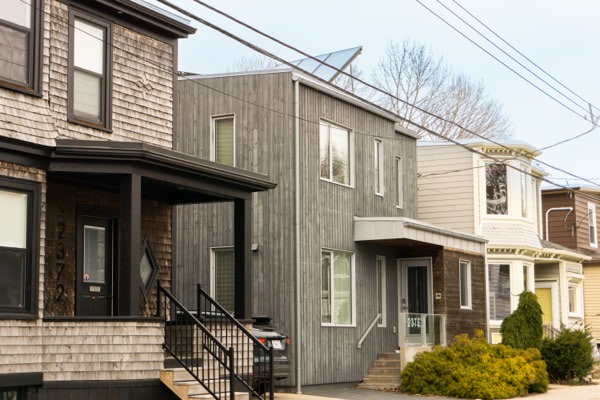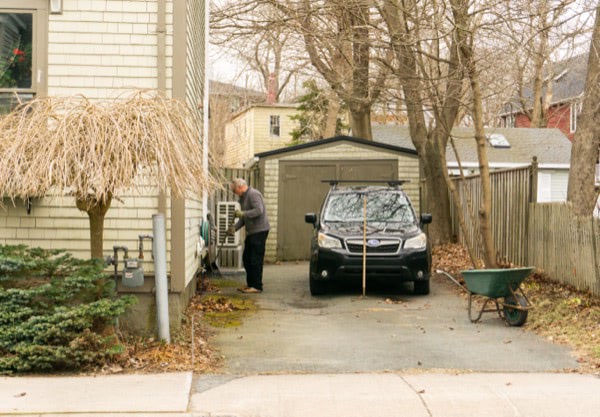Considering summer home renovations this year? Here are some home improvement and green energy projects to take on!

Discussing RRSPs: Is your retirement contribution plan in place?
When should you start thinking about saving up for retirement? Maybe retirement is coming up soon for you, or perhaps it’s a vague thought for another day. However, even if you’re nowhere near retirement and it’s not at all on your radar yet, retirement takes a lot of time and money to fully prepare. Therefore, the time to start preparing for your retirement contribution plan is now.
One of the most helpful methods of retirement planning is setting up an RRSP. Here, we discuss the process and benefits of RRSPs, and other ways to help you get ready for retirement!
What is an RRSP?
An RRSP is a registered retirement savings plan, and it’s one of two incentivized Canadian savings products. The other is a TFSA, which isn’t a plan specifically designed for retirement. You can read more about TFSAs here.
RRSPs are designated accounts for Canadians to help save for retirement. The government introduced RRSPs to motivate Canadians to save for retirement in the mid 1950s. RRSP contributions are based on annual income, with a maximum contribution per year being 18 per cent of your income.
Tax benefits of RRSPs
RRSPs offer big tax benefits for those saving for retirement. Anything you contribute to an RRSP account won’t be taxed that year. Instead, it will be deferred until you withdraw it from your RRSP, probably years later after you retire. This means your yearly taxable income will not include any money you put in your RRSP, so you will be taxed less. For example, if you put $10,000 in your RRSP one year, that amount won’t be included in your annual taxable income.
How is this beneficial to your retirement contribution plan? By the time you withdraw money from your RRSP and are retired, your yearly income will of course be way smaller. This means your taxes will be lower, so you’ll pay less tax on money you put into your retirement savings account.
Making the proper RRSP contributions
Everybody will find they have different RRSP paths that work for them. After all, our finances are unique to our own situations, so our retirement contribution plans will differ. However, there are contribution limits you need to remember, as well as general guidelines you should try to follow.
How much should you contribute?
First, it’s important to understand the contribution limits. You can only contribute up to 18 per cent of your income for the year, or the 2021 maximum amount of $27,830 — whichever is smaller. This limit exists to prevent Canadians from avoiding taxes too much. If you can afford to contribute the maximum amount, that’s great. However, it’s generally advised to aim for at least a 10 per cent income contribution every year. This adds a sizable amount of money to your account yearly to ensure it adds up to a decent retirement contribution bundle.
Fitting your contributions with your budget
How do you know how much you can afford to contribute to your RRSP? While RRSP deposits give you tax advantages, you need to make sure you’re not contributing more than you can afford. This brings us back to the popular topic of budgeting. It’s important to know what your budget is, and how much income you have to spread out across your expenses. You can read some tips on creating the perfect budget for yourself here. This also includes some information on budgeting apps you can use to help you stay on track!
How else can you save for your financial future?
Apart from preparing an RRSP account, how else can you prepare your retirement contribution plan and save for your financial future? As we mentioned, budgeting is key to keeping track of your expenses. No matter what your financial situation is, it’s always a good idea to have a budget and do your best to stick to it.
It’s also important to stay on top of any debts and payments to stay out of financial trouble. Avoiding high interest debt will save you money for your future retirement, so be sure to make regular payments on any expenses you have. Bottom line, it’s never too early to start saving for retirement. It’s actually ideal to start early and make regular contributions you can afford. The more you save now, the more money you’ll have down the road. You can also set up regular deposits to make sure you’re always making decent contributions to your plan!
Getting a suitable retirement contribution plan in place is the most important first step to preparing for your future. Of course, it’s also beneficial to speak to a mortgage professional to help you get off on the right foot! If you have any questions, get in touch with us at Clinton Wilkins Mortgage Team! You can call us at (902) 482-2770 or contact us here.


